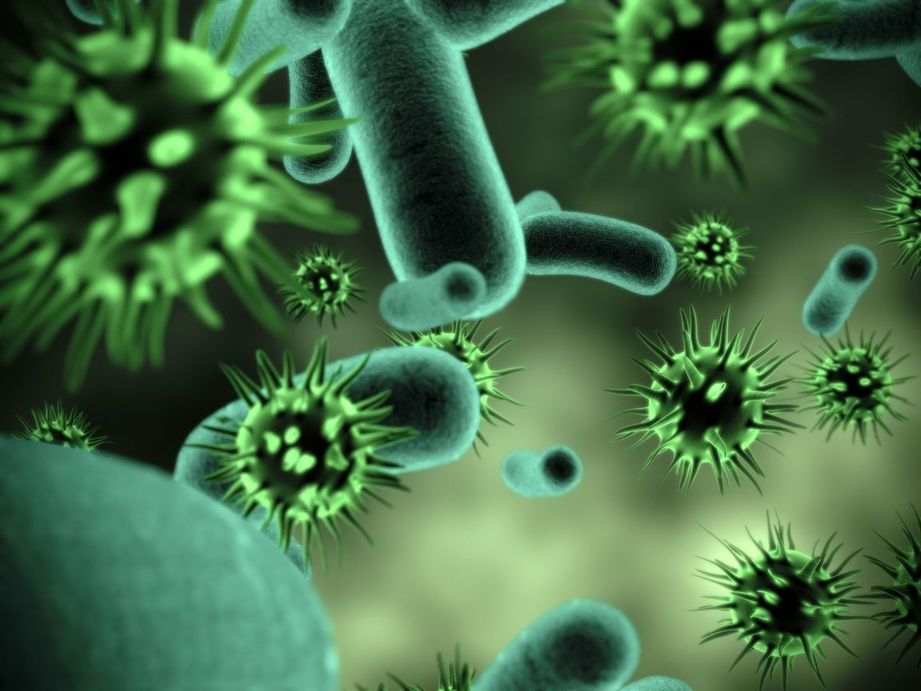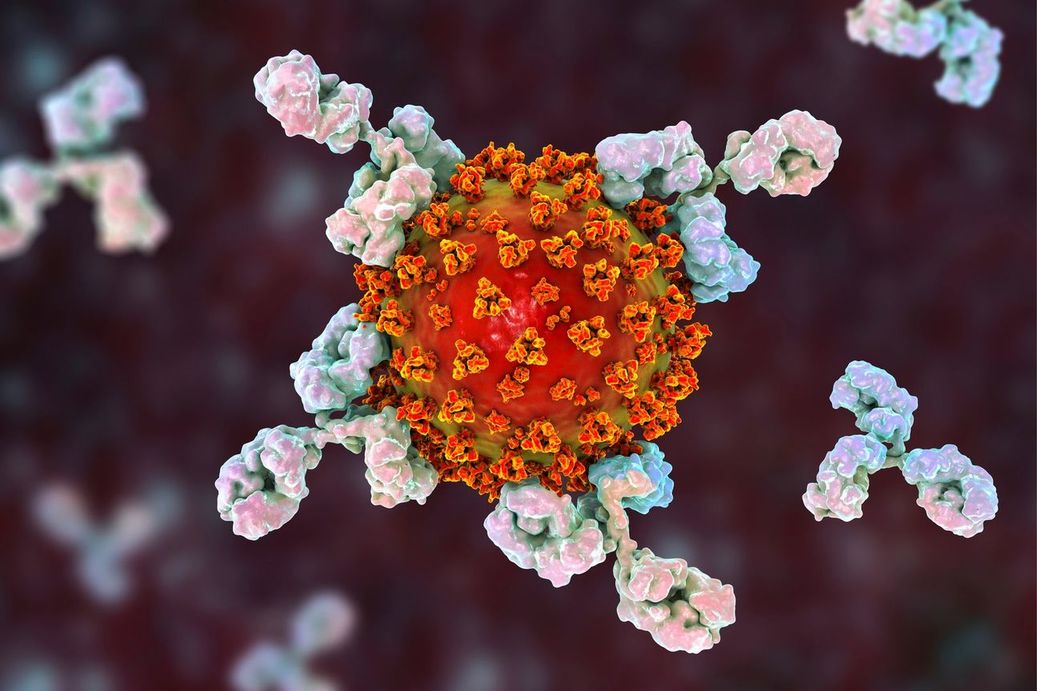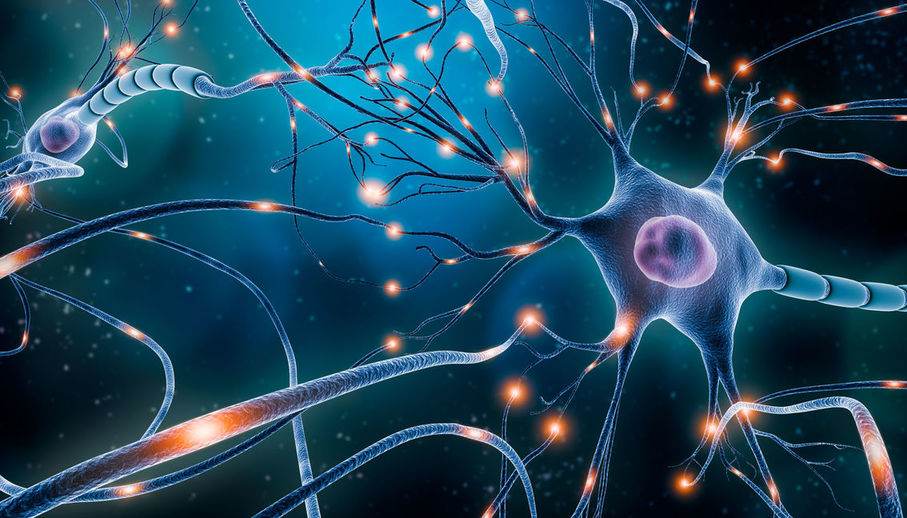Glycan-related Drug Transmembrane Osmosis Analysis Service
Reliable Analysis Service for Glycan-related Drug Transmembrane Osmosis
Transmembrane osmosis is one of the key parameters for recognizing Glycan-related Drugs. Drug efficacy depends on its ability to penetrate the cell membrane and metabolism level. Therefore, it is crucial to predict and analyze glycan-related drug transmembrane osmosis. By analyzing glycan-related drugs based on multiple dimensions (structural similarity, binding profiles, and network effects across pathways and molecular interaction maps), CD BioGlyco provides services including the analysis of drug transmembrane penetration mechanisms, analysis of drug penetration pathways, and prediction of targets of action.
Model construction and optimization
Based on experienced researchers and reliable biological information (molecular fingerprinting fingerprints and computation of physicochemical descriptors with identification of graphical features), CD BioGlyco provides customized model construction services by different algorithms. We train computational models using different iterations, learning rates, and batch sizes to determine the optimal parameters and optimal models.
Transmembrane osmosis analysis
CD BioGlyco provides a full range of transmembrane osmosis parameter analysis services including permeate (i.e., size/shape, diffusivity, and hydrophobicity), membrane (i.e., size and lifetime of low-density areas on the membrane surface), free energy distribution analysis and calculation of the average time required for permeate to enter the membrane.
Based on algorithmic feature selection, molecular descriptors of atomic reactivity, bond strength, and physicochemical properties, our researchers provide transmembrane site prediction services. In predictive modeling, we also provide glycan-related drug metabolic pathway analysis services.
Our lab analyzes a variety of permeabilities such as apparent permeability, cellular bypass permeability, and transcellular membrane permeability. Our professional staff provides visualization of reactivity scores for possible reaction sites.
Based on pharmacokinetic information and specific information (shaking rate, pH, cell cycle, volume of the drug solution, etc.) of glycan-related drugs, we offer a rapid analysis service of concentration and permeability at different sites during transmembrane absorption.

Publication
Technology: Machine learning (ML), Graph neural network (GNN)
Journal: Journal of Cheminformatics
Published: 2022
IF: 8.6
Results: Combining ML and GNN approaches, researchers developed a new computational framework, Meta UDP-glucuronosyltransferases (Meta-UGTs), for predicting the UGT-mediated metabolism of drug molecules. The predictive performance and stability of the model were improved through training, optimization, and evaluation. Our model accurately predicts the sites where glucuronidation reactions occur. As the amount of data increases, the accuracy of the deep-learning model improves. Meta-UGT provides rational guidance for UGT-mediated drug metabolism and transmembrane analysis.
 Fig.1 Ten-fold cross-validation of substrate-based prediction models. (Huang, et al., 2022)
Fig.1 Ten-fold cross-validation of substrate-based prediction models. (Huang, et al., 2022)
Applications of Glycan-related Drug Transmembrane Osmosis Analysis
- Glycan-related drug transmembrane osmosis analysis plays a key role in drug structure optimization.
- Glycan-related drug transmembrane osmosis analysis provides valuable data for improving the pharmacokinetic properties of drugs.
- Glycan-related drug transmembrane osmosis analysis plays an important role in the evaluation of drug absorption.
Advantages of Us
- Our expert analysts not only provide a correlation with hydrophobicity but also provide functional relationship analysis between passive osmosis and acidity.
- Our comprehensive transmembrane osmosis analysis helps deliver glycan-conjugated drug molecules to organisms.
- We offer high-throughput predictive model development services based on client needs.
Frequently Asked Questions
- What are the common modeling calculation algorithms?
- The common modeling algorithms include graph convolutional networks (GCN), random forest (RF), weave, support vector machine (SVM), neural network (NN), extremely randomized trees (ET), graph attention networks (GAT), message-passing neural network (MPNN), logistic regression (LR), and attentive FP networks (Attentive FP).
- How to predict drug interactions by targeting transmembrane proteins?
- Multifunctional transmembrane proteins are ideal targets for drug action. Starting from the constructed 3D structures of transmembrane proteins, molecular docking, and kinetic simulation techniques accurately predict the binding modes and relative binding free energies of small molecule drugs with different backbones to their targets at equilibrium. Based on the sampled results, the binding free energies and molecular interaction fingerprints are further calculated. Moreover, non-equilibrium kinetic simulation with enhanced sampling is an excellent tool for elucidating the recognition pathways of drugs with transmembrane proteins.
CD BioGlyco has a well-trained team and advanced computers to provide clients with satisfactory transmembrane osmosis analysis. We always maintain a passionate and professional philosophy to serve every client. Please feel free to contact us.
References
- Cao, Y.; et al. Computational study of the ion and water permeation and transport mechanisms of the SARS-CoV-2 pentameric E protein channel. Frontiers in molecular biosciences. 2020, 7: 565797.
- Huang, M.; et al. In silico prediction of UGT-mediated metabolism in drug-like molecules via graph neural network. Journal of Cheminformatics. 2022, 14(1): 46.
For research use only. Not intended for any diagnostic use.
Quick Links
Related Services



 Fig.1 Ten-fold cross-validation of substrate-based prediction models. (Huang, et al., 2022)
Fig.1 Ten-fold cross-validation of substrate-based prediction models. (Huang, et al., 2022)


